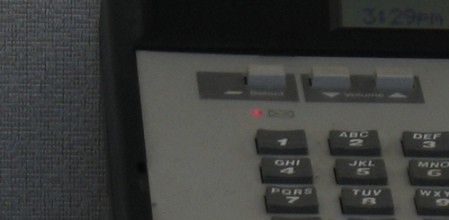
Researchers at Georgia Tech are working on a Tongue Drive System, which transforms the tongue into a tool that can manipulate computers and manage appliances and wheelchairs. This project has huge implications for the disabled, especially for those with few motor skills and limited movement. Many disabled Americans are paralyzed from the neck down, and this system could be a literal lifesaver, providing them with a method of communication and control over their own lives. Scientists have been attracted to the tongue’s potential for a long time. It provides several advantages over using other organs or appendages. It’s very sensitive, tactile, is not connected to the spinal cord, and does not usually end up being harmed in accidents. By placing a tiny magnet underneath the tongue, it’s transformed into a virtual keyboard. Sensors placed in the cheek track the magnet’s movement and processes the commands into directions for electronics, be it a wheelchair or a home appliance. We’re excited to see where this will go.
















